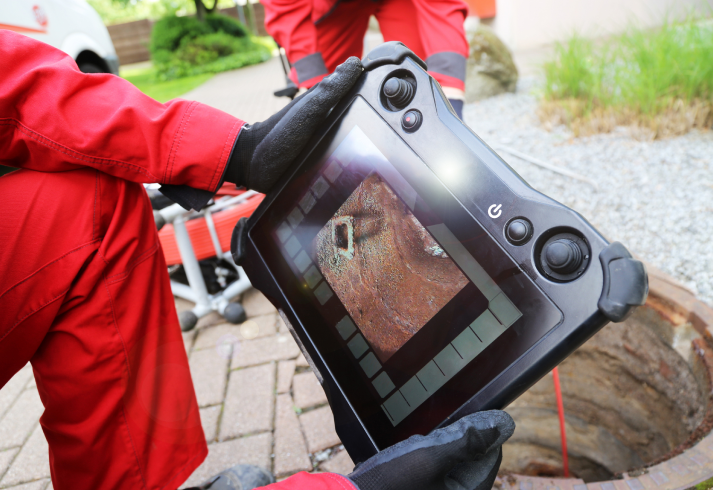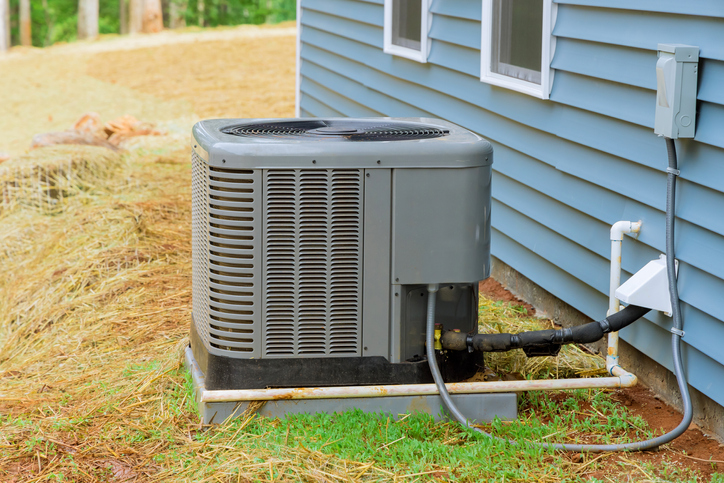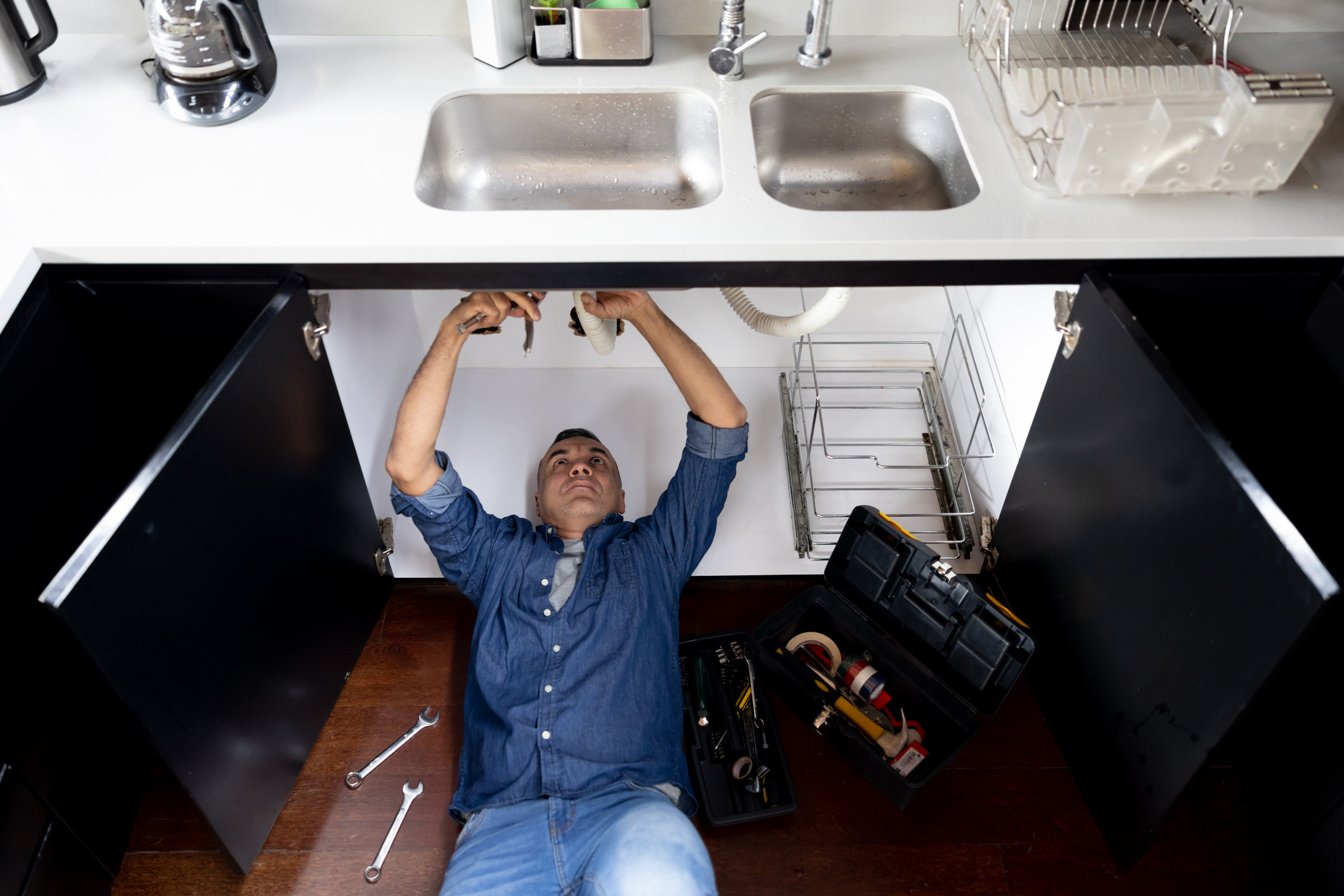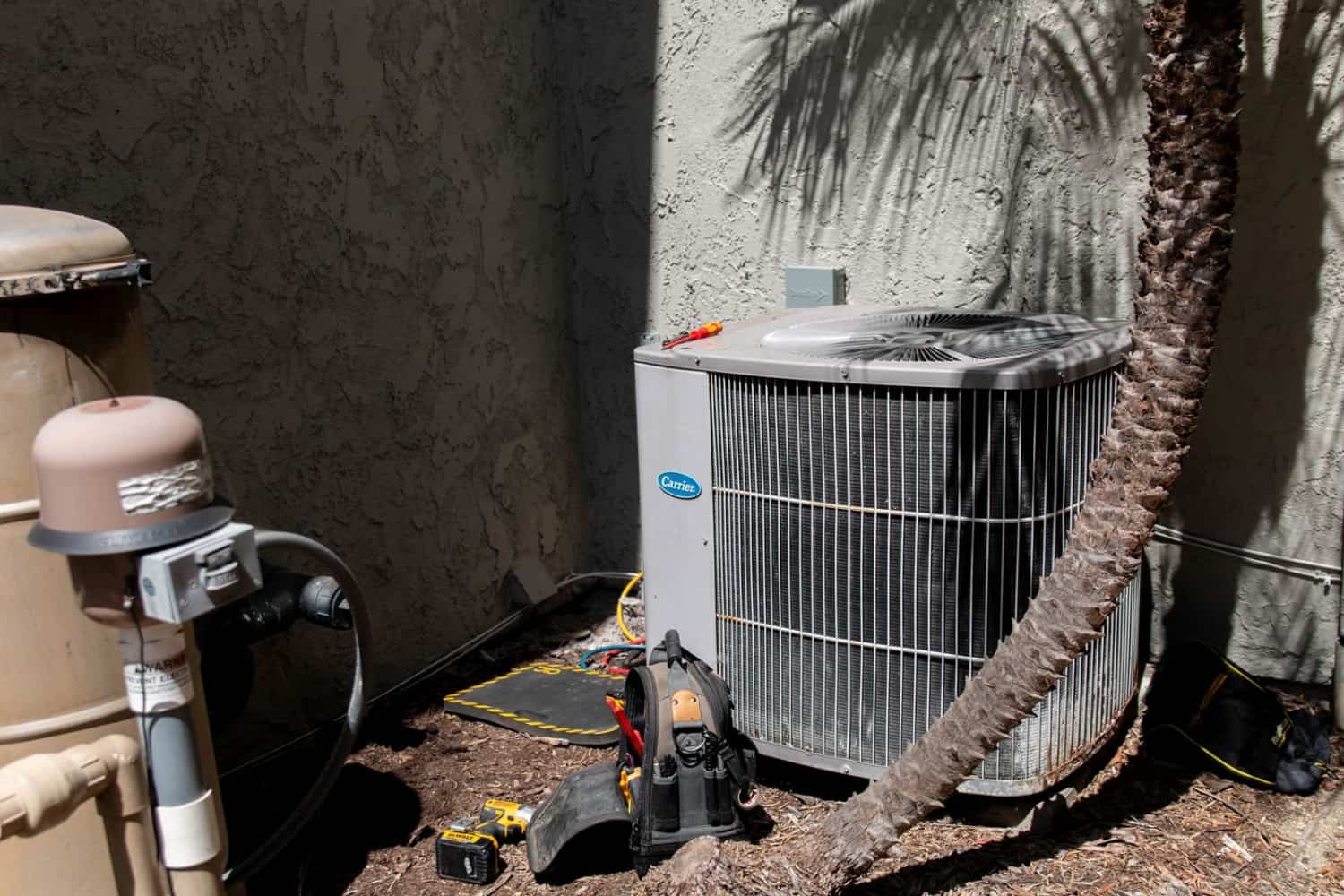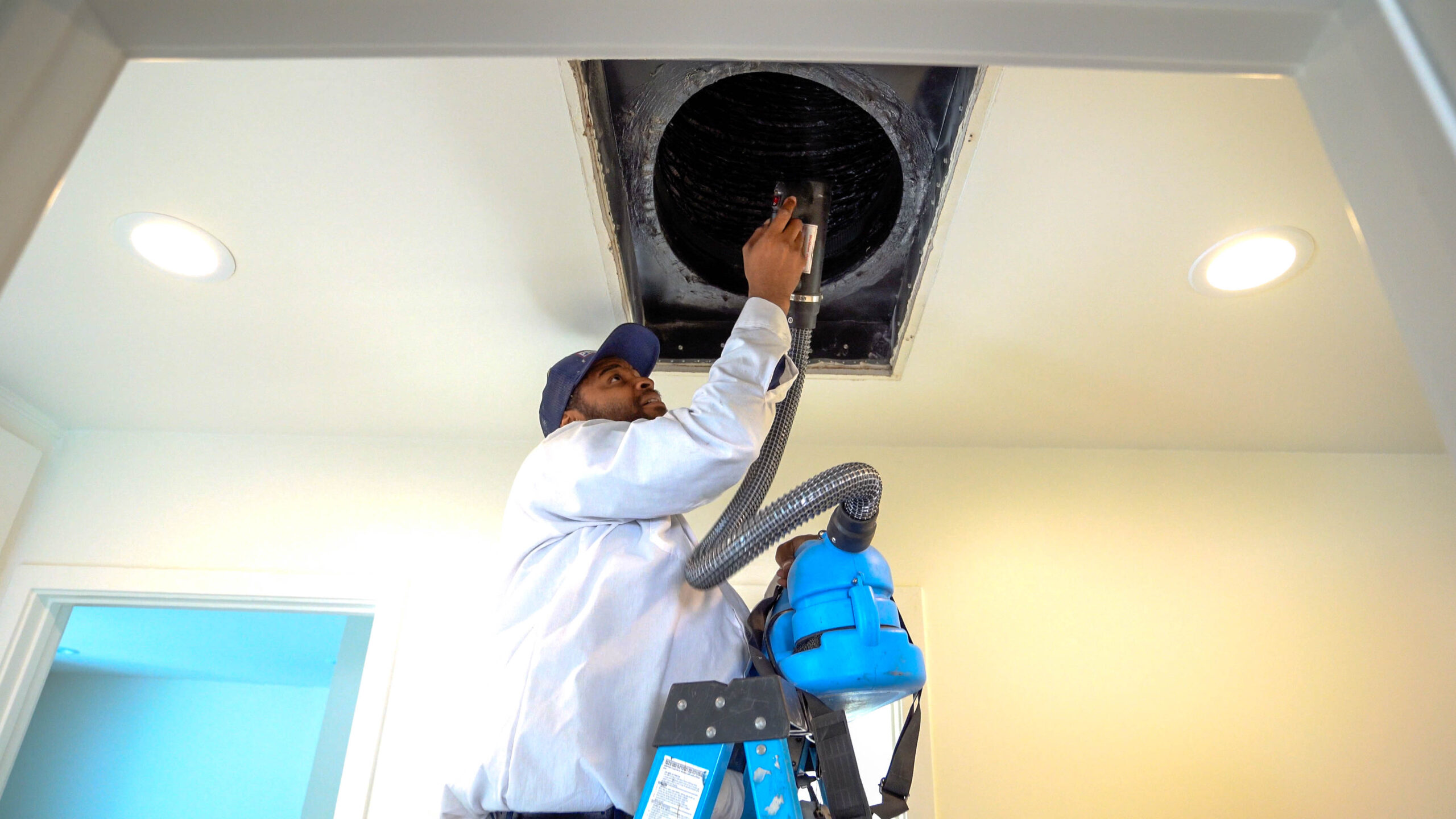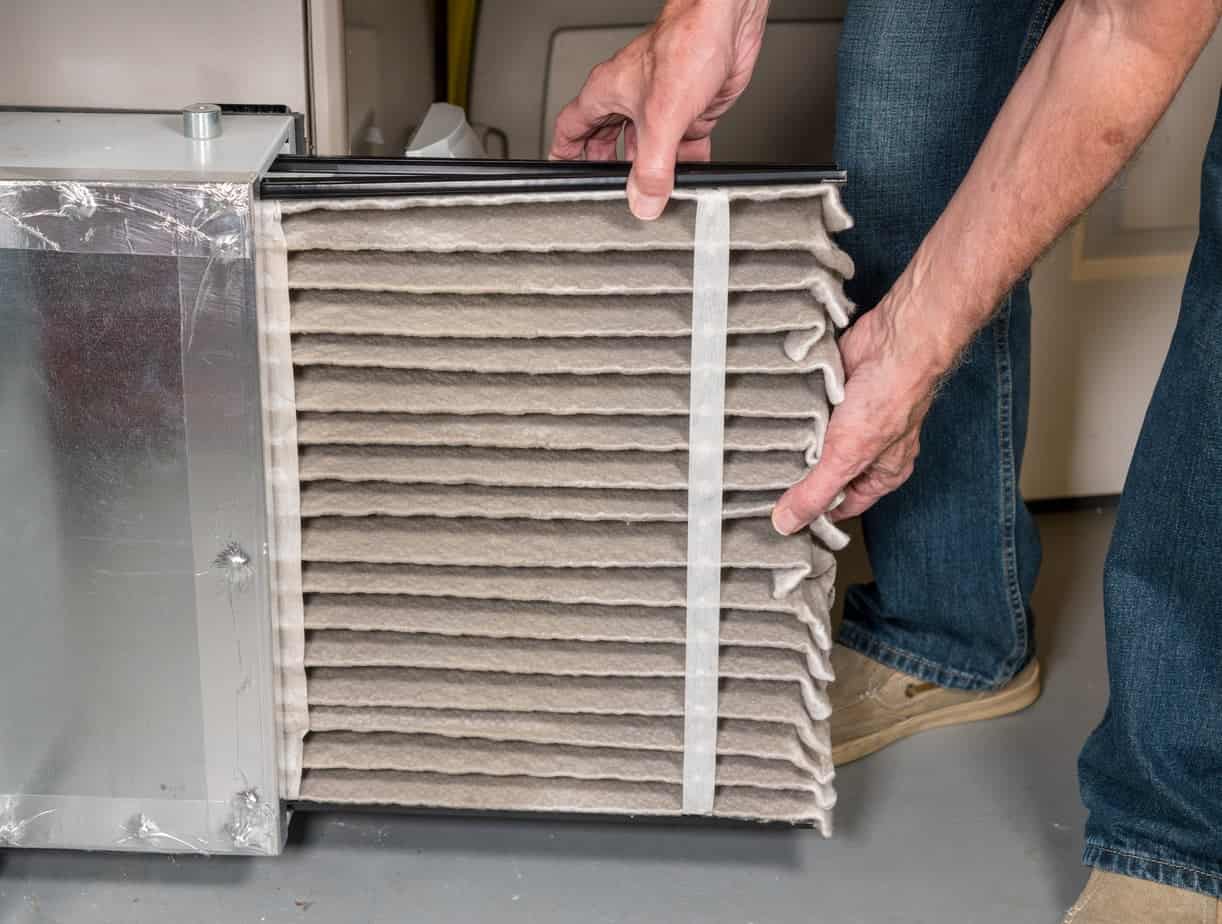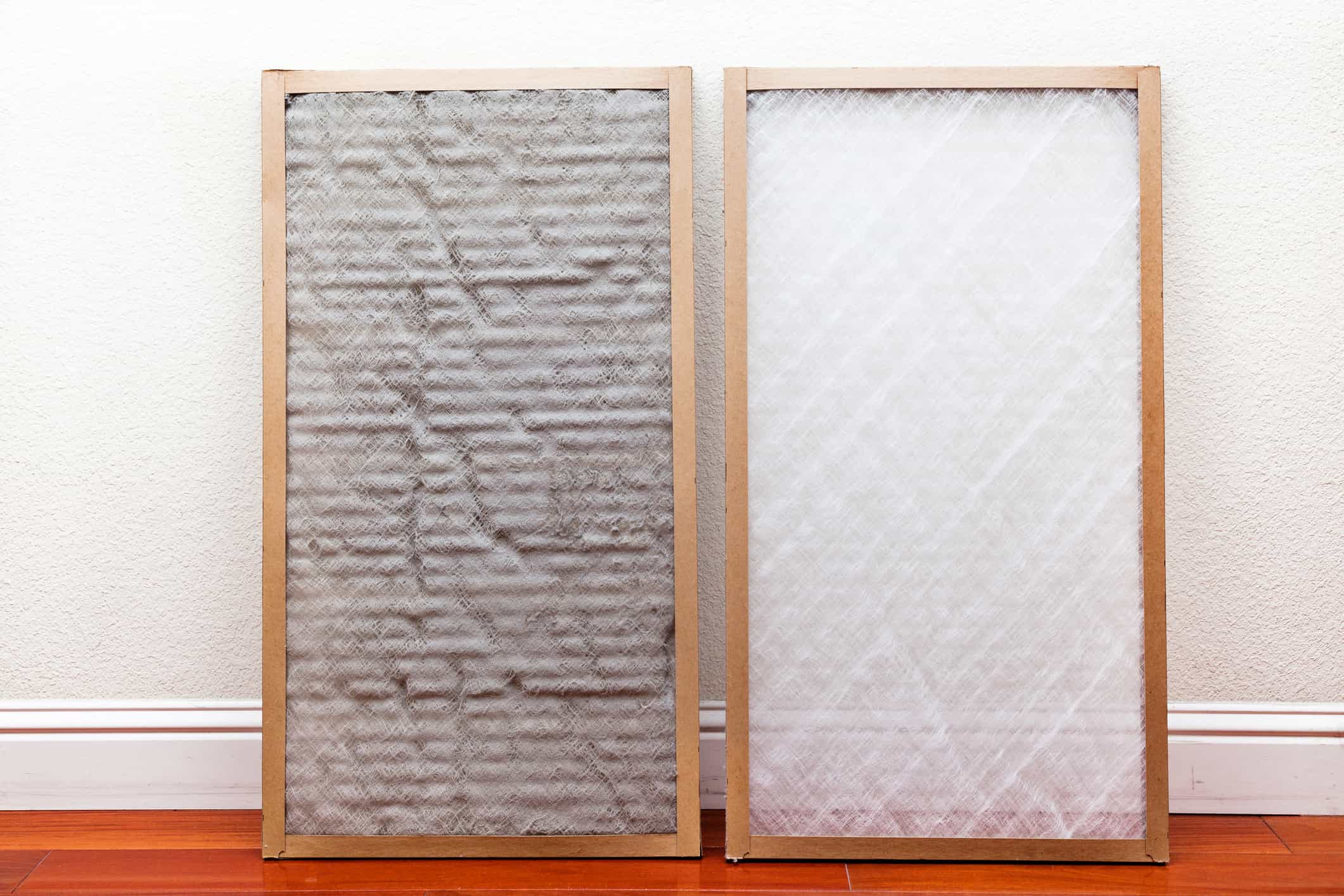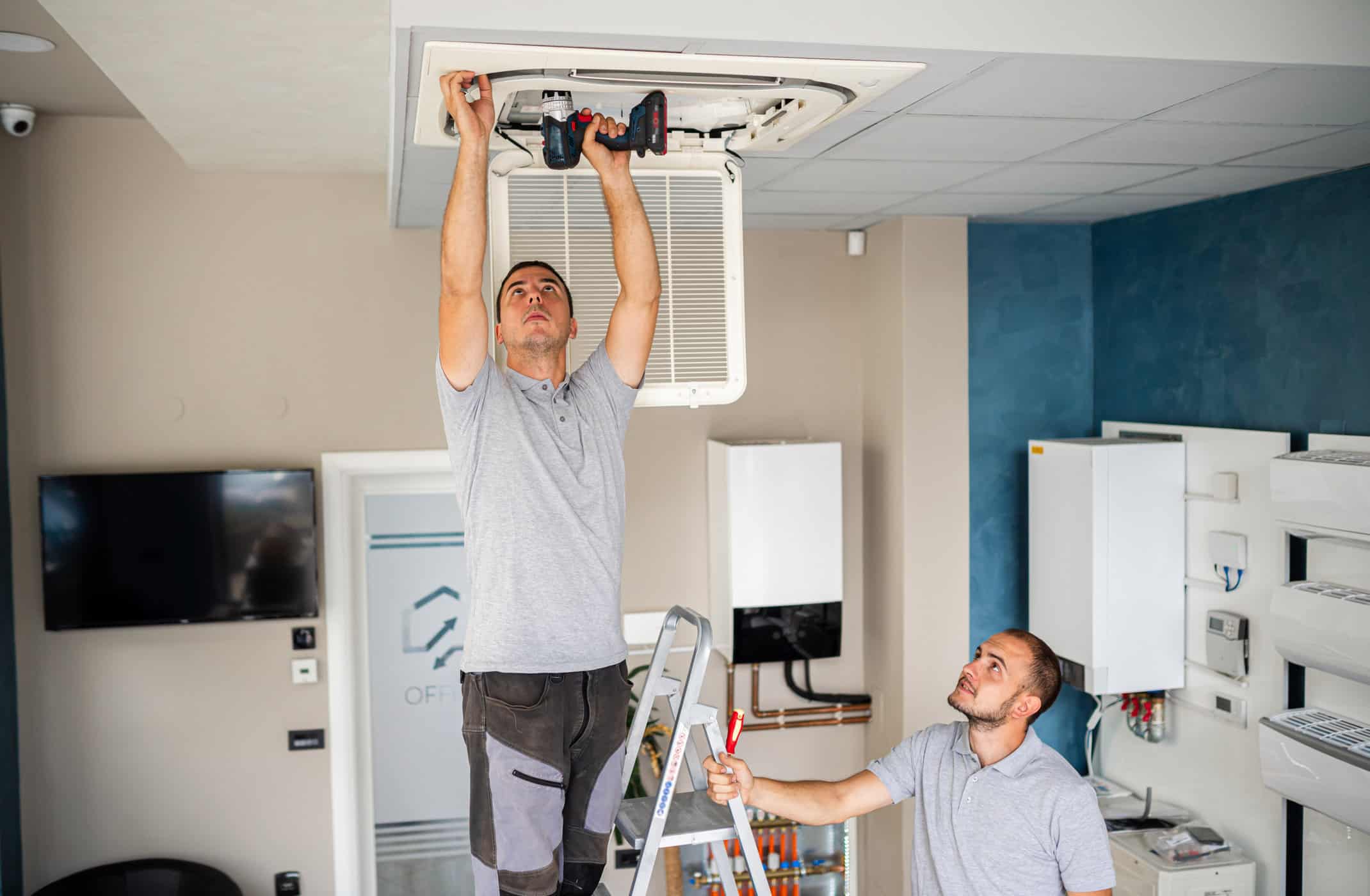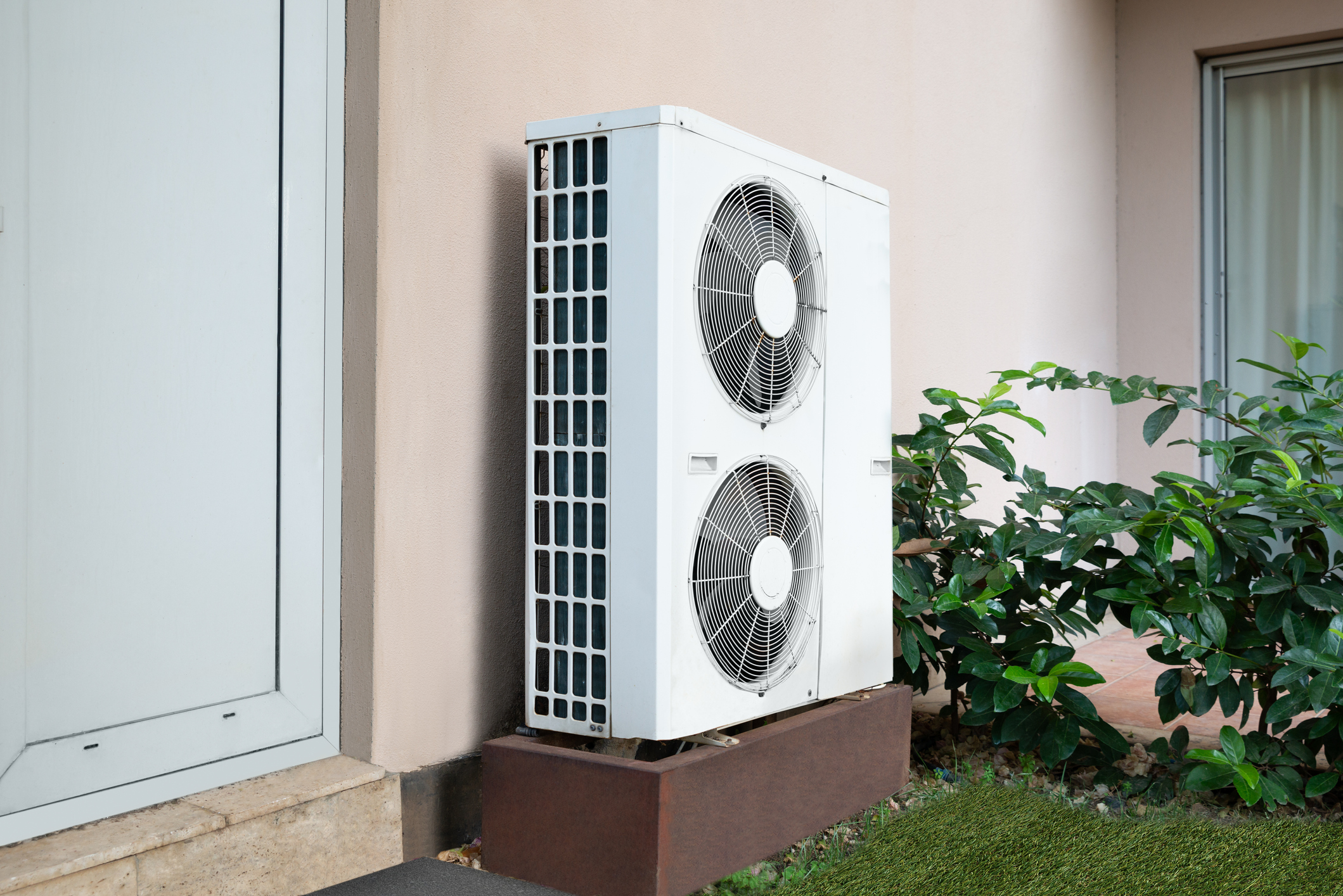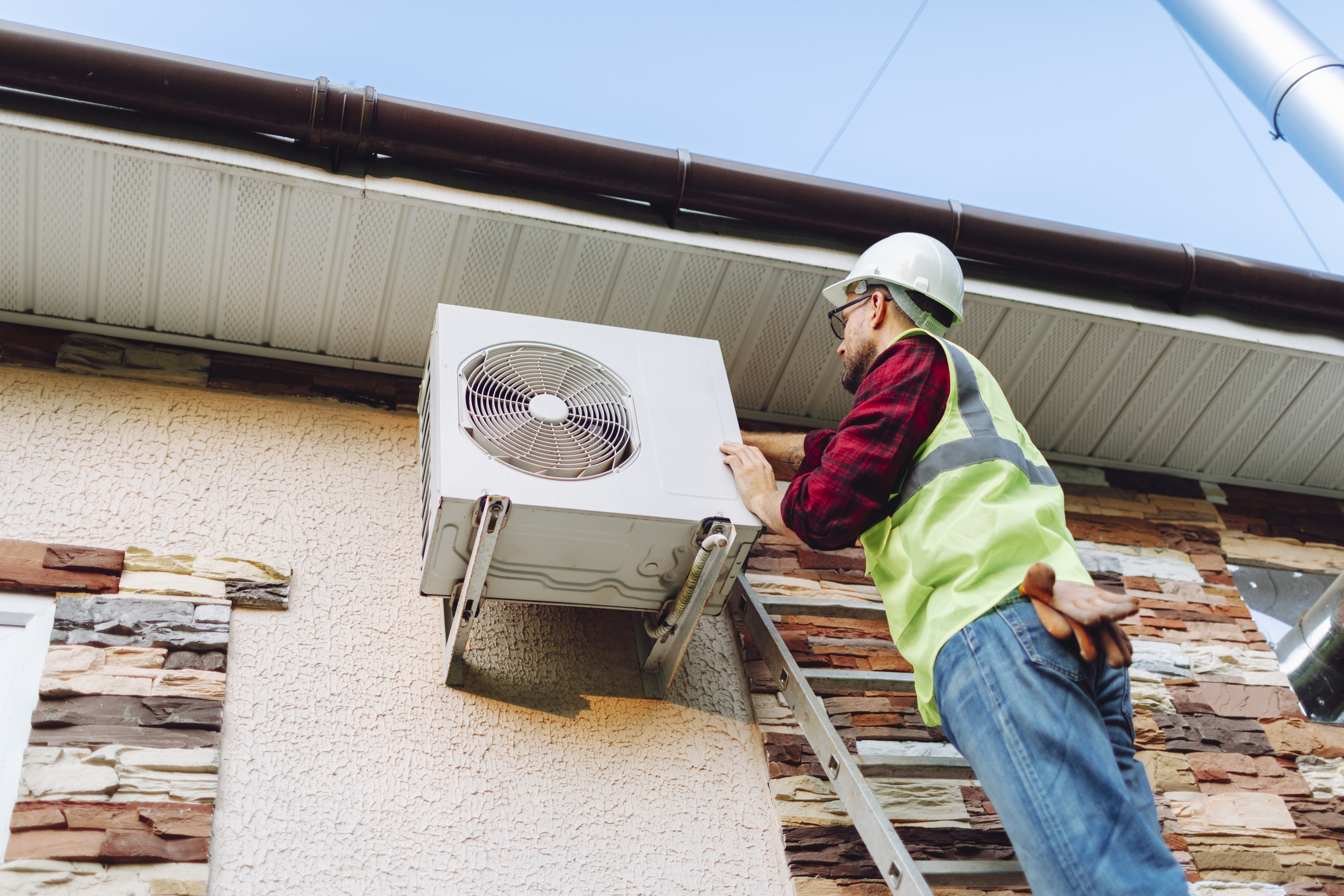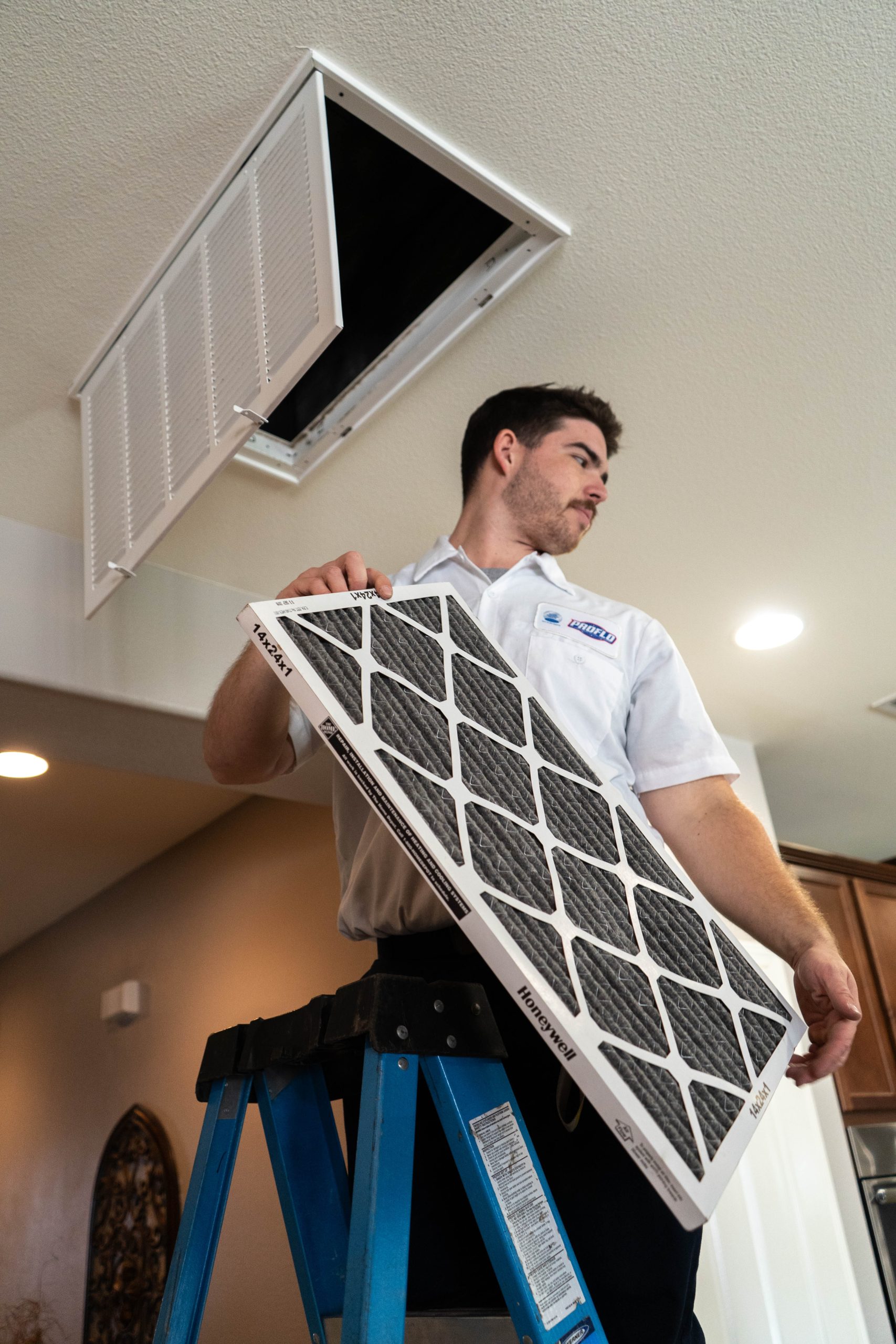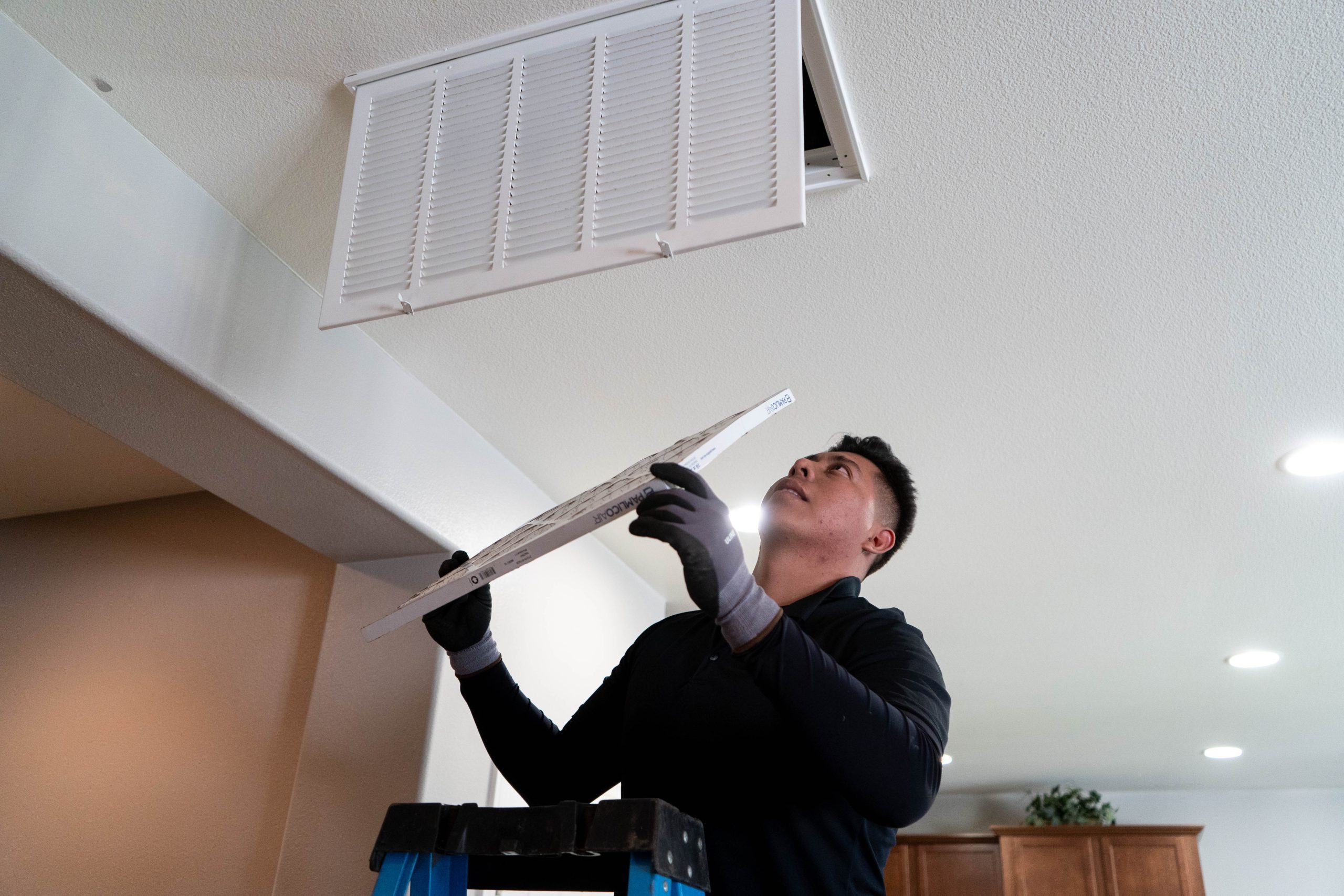5 Warning Signs That Your Furnace is Failing (And What to Do About Them)
October 18, 2022
Winter is coming, which means it’s time to start thinking about your furnace. If you’re like most homeowners, you probably don’t think about your furnace until it breaks down – and by then, it’s often too late. But knowing the warning signs that your furnace is failing can help you get ahead of the problem and avoid an expensive repair bill. In this blog post, we’ll talk about five warning signs that your furnace is failing and what you can do to fix it. So if you’re wondering whether or not your furnace is on its last legs, keep reading!
1. No Warm Air
If your home seems to be constantly cold, no matter what the weather is like outside, then it is likely that you have a failing furnace. This can result in colder-than-normal temperatures throughout your entire house, as well as areas of your home that seem to be much chillier than others.
One of the leading causes of a failing furnace is a problem with the motor. This makes it difficult for the heating system to generate enough power to adequately heat your home. Another potential cause is a problem with the pilot light or heat exchanger, which can prevent your furnace from functioning properly.
To avoid further complications, it is important to have your HVAC contractor inspect all aspects of your heating equipment and make any necessary repairs or replacements as soon as possible.
2. Increased Illness and Allergy Symptoms
Furnaces are crucial in maintaining healthy and comfortable indoor air quality in our homes. These systems are designed to filter out dust, dirt, bacteria, and other foreign particles, ensuring that the air we breathe is clean and safe. However, when a furnace begins to malfunction or break down, these harmful contaminants can build up and have adverse effects on the health of your family members.
Symptoms of poor indoor air quality due to an inefficient furnace can include increased allergies, colds, coughs, headaches, watery eyes, and itchy skin. If you notice any of these symptoms in yourself or your loved ones, it may be time to consider professional filter replacement or duct cleaning services. After taking such steps to restore proper airflow and airflow quality through your furnace system, you can rest assured that your home will once again be full of pure, clean air that supports the health and well-being of you and your family.
3. Loud Noises
When it comes to HVAC systems, it is common for components such as heaters and furnace units to make some noise during operation. While these noises may not be loud or particularly irritating, it is important to pay close attention to the sounds made by your heating equipment to identify when they become unusual or problematic.
A faulty heater or furnace tends to rattle, shake, and roll as a result of loose or worn-out mechanical components. If you notice that your furnace is making squealing, popping, or booming noises while operating, this may be an indication that it needs repair. Additionally, if your furnace makes no noise for some time after grinding and banging noises have been heard, it could indicate a serious problem that needs immediate attention.
To determine the source of any strange or unfamiliar noise from your HVAC system, it is best to consult a furnace repair expert who can accurately diagnose the issue based on the specific sound being produced. In addition, keeping track of any changes in furnace noise over time can help you know when it might be necessary to take action and schedule repairs before significant damage occurs. So if you notice any unusual sounds coming from your furnace or other heating equipment, don’t hesitate to contact a professional and find out what steps need to be taken to keep your home warm and comfortable year-round.
4. High Energy Bill
Heating and cooling in homes account for a significant portion of residential electricity usage, making it an important area to focus on when trying to reduce energy costs. One common reason that utility bills are high is that older furnaces may become inefficient over time. These furnaces may keep running even though they are not properly regulating the temperature in your home, resulting in unnecessarily high energy expenses.
To address this issue, one effective strategy is to regularly check the condition of your furnace filters. If these filters are dirty or clogged, airflow within your furnace can be obstructed, causing it to work harder than necessary and use more fuel. Alternatively, if the problem has already progressed beyond simply cleaning or replacing filters, you may need to consider replacing your old furnace with a newer model that is more energy efficient. Either way, taking steps to improve the performance of your heating and cooling systems can help you keep those high utility bills under control and save money in the long run.
5. The Age of your Furnace
When it comes to furnaces, it is important to choose a quality unit that will last for many years. A good quality furnace typically has a lifespan of up to 20 years or more, but the later years of that lifespan can often require more frequent repairs. When choosing an AC repair service for your furnace, it is important to work with one who has experience working with different types of furnaces, such as gas and electric units.
However, while a high-quality furnace may last for many years with minimal repairs needed, it is also important to do your calculations and determine whether the cost of those repairs is ultimately worth it. In some cases, furnace replacement may be the more cost-effective option, mainly if a repair costs more than 50 percent of the price of a new furnace.
Additionally, if you are finding yourself calling your repair person regularly due to ongoing issues with your furnace, this may be an indication that your heating equipment has reached its end-of-life and needs to be replaced. As such, if you are facing frequent repairs and nearing the age where a replacement would make sense financially, it might be time to consider replacing your old furnace with a new one.
Conclusion
While trying to fix the furnace on your own might be tempting, it’s always best to consult with a professional. They will have the experience and knowledge to help you assess the situation and make any necessary repairs. If you are experiencing any of the warning signs mentioned in this blog, don’t wait – contact us today for all your heating and air conditioning needs. We would be happy to help!












